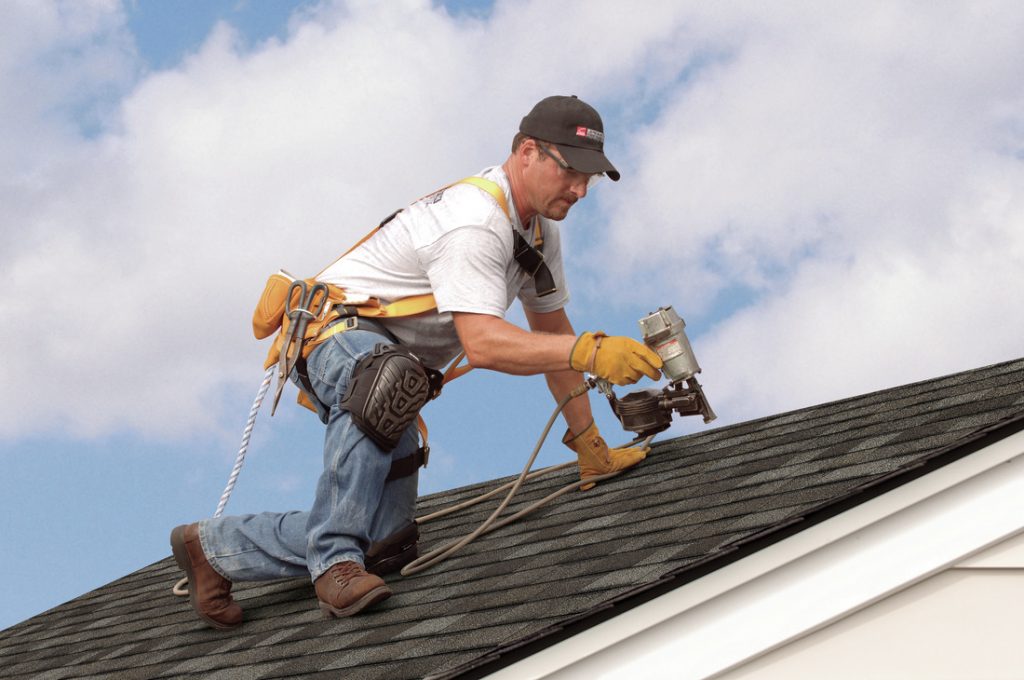What are the methods of roof inspection?

Roof inspections are important for identifying potential points and ensuring the longevity of your roof. Regular inspections can help detect problems early, stopping expensive repairs or replacements down the road. Here are some common methods and steps for conducting a roof inspection:
Visual Inspection:
a. Exterior Inspection:
Start by analyzing the roof from the ground using binoculars or by safely climbing onto a ladder to get a extra in-depth look.
Look for seen signs of harm, corresponding to lacking or damaged shingles, curling or buckling shingles, or free or deteriorated flashing round roof penetrations.
Check for debris, moss, algae, or lichen growth on the roof, which can point out moisture-related issues.
Inspect the gutters and downspouts for granules from shingles, as excessive granule loss can sign shingle put on.
b. Interior Inspection:
Go into the attic or crawl house and examine the underside of the roof deck for signs of leaks, moisture, or water stains.
Look for daylight coming through cracks or holes within the roof deck, which may indicate roof harm.
Check for signs of insulation injury, mold, or mildew development, which may end result from roof leaks.
Roof Walk:
a. If roofing replacement is secure to take action, stroll on the roof surface to examine it up shut.
b. Be cautious and wear acceptable security gear, such as non-slip shoes and a safety harness if wanted.
c. Look for any soft or spongy areas, which might point out underlying injury.
d. Check for free or damaged roofing supplies, in addition to signs of wear and tear.
Moisture Detection:
a. Use a moisture meter to detect hidden moisture within the roof structure and insulation.
b. Moisture detection might help determine leaks or areas of potential water intrusion that may not be visible.
roofing replacement :
a. Drones geared up with cameras can provide a complete view of the roof surface with out the need for direct bodily entry.
b. A drone inspection could be particularly useful for bigger or hard-to-reach roofs.
Professional Inspection:
a. Consider hiring a professional roofing contractor or inspector to conduct an intensive inspection.
b. Professionals have the experience, instruments, and expertise to identify points that will not be obvious to a homeowner.
Documentation:
a. Document your findings with photographs and notes to create a document of the roof's condition.
b. This documentation can be helpful for monitoring adjustments over time and for insurance coverage claims or repairs.

It's essential to perform roof inspections often, ideally no much less than annually, and after severe weather occasions like storms. Additionally, when you're not comfortable or confident in your capacity to carry out a roof inspection safely, it's advisable to rent a certified roofing skilled to ensure a radical and accurate evaluation of your roof's condition..
